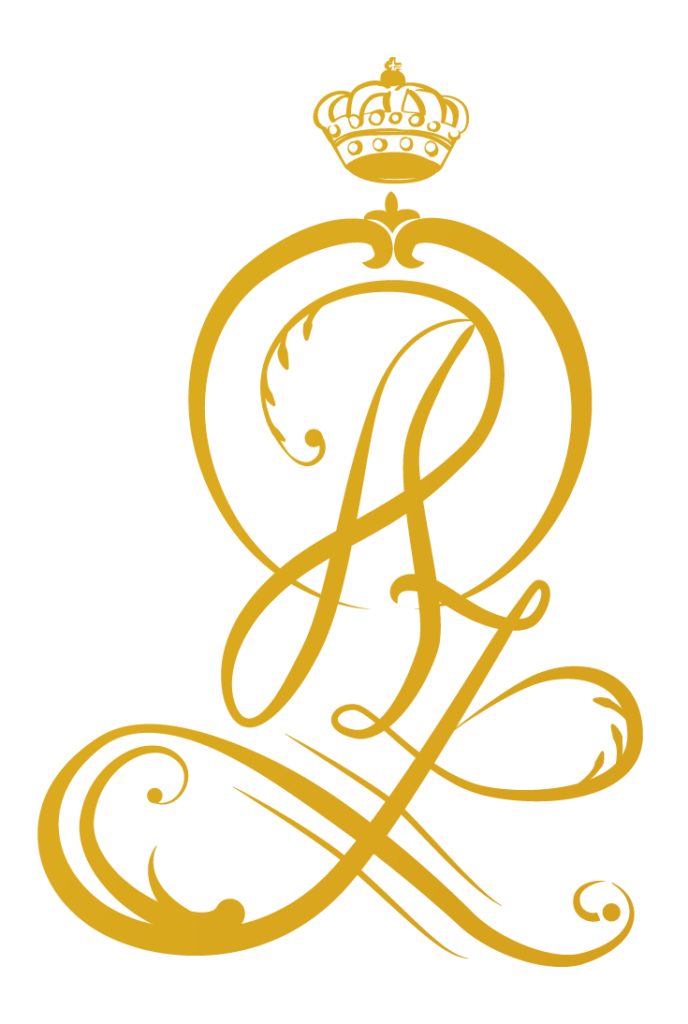Imperial Palace Vienna - Hofburg Palace and the Kaiserappartements (Imperial apartments) used by Emperor Franz Joseph and Empress Elisabeth “Sissi”










Imperial Palace Vienna – Hofburg Palace and the Kaiserappartements (Imperial apartments) used by Emperor Franz Joseph and Empress Elisabeth “Sissi”.
Marvellous Hofburg Palace has been the heart of power in Vienna since 1279. The Hofburg Palace is one of the world’s biggest palace complexes. Hofburg is the former principal imperial palace of the Habsburg dynasty. Located in the center of Vienna, it was built in the 13th century and expanded several times afterward. It also served as the imperial winter residence, and Schönbrunn Palace was the summer residence.
The Hofburg also hosts the stables and event hall of the Spanish Riding School, home to the famous Lipizzaner stallions and possessing a rich history that dates back to the 16th century.
The Imperial Apartments were once occupied by Austria’s most famous ruling couple. The nineteen rooms comprising the official and residential suite occupied by Emperor Franz Joseph and his wife Sisi are furnished in authentic period detail and convey an impression of nineteenth-century courtly tradition and imperial lifestyle.
The rooms of Emperor Franz reflect quite well on his daily life:
Small, functional bed, spartan dressing table, and office right next to the bed, prepared for early starts (he was up at 3.30).
And an inseparable image of his beloved Sissi, whose large portraits look down on his sleeping and work space.
The private rooms of the famous couple became the Sisi Museum, dedicated to the exceptional Empress Elisabeth – A lover of fashion, horseback riding, and travel.
In the pictures, you can see Sissi’s dressing room, where she sat every morning at 6 a.m. to begin her beauty rituals. In the dressing room, Empress had her fitness equipment, which was quite a revolutionary thing at that time.
This room has been carefully preserved, along with the other apartments that served the Habsburgs for 600 years. From Emperor Franz Joseph’s grand staircase to his study, audience chamber, and conference room, we can see where Habsburg history happened.




